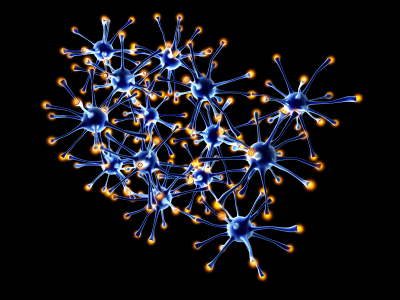Some of my thoughts after reading this article about Amandla's Gender Identity:
2. Amandla being non-binary is awesome. People who have a strong public voice and influence being non-binary is awesome. Anyone being non-binary is awesome.
3. I got a bit caught up though upon reading Amandla being quoted in reference to a workshop on feminism she is co-organizing, asking: "Something we are struggling with is understanding the intersection of feminism and gender identity…We’re both people who don’t feel like “women” all the time – but we claim feminism as our movement. Basically, we’re trying to understand the duality of being a non-binary person and a feminist. How do you claim a movement for women when you don’t always feel like one?”.
4. Feminism has a history of advocating for women, and in doing so excluding those who are not "white, thin, cisgender, able bodied and neurotypical" as Amandla summarizes. This sort of erasure continues in many (virtually all mainstream) spheres of feminism today. And it's messed up. Intersectional feminism that advocates for equality without erasing voices of people of color is the only feminism I personally want to get behind. And I think that examining other intersections, such as gender identity, is incredibly important as well. With that said, I don't think that being non-binary and a feminist are or should be seen as a duality!
5. Feminism is about uplifting women, but it shouldn't/doesn't/can't stop there. Feminism to me is about liberating the feminine within US ALL. Google defines feminine as "having qualities or appearance traditionally associated with women, especially delicacy and prettiness". So often folks of all identities who are seen as embodying this traditional definition of "feminine" are some combination of devalued, dehumanized, disadvantaged, objectified, mocked, and shamed for it.
6. Call me an idealist, but let's just go right ahead and destroy the notion that feminism is for a small group of privileged white women. Let's think of feminism as the intersectional liberation of the feminine, which includes the women it has historically fought for, but also includes (arguably all) other humans, prioritizing those who are in the most danger (black and trans lives). Let's also please destroy that google definition of feminine. Let's conceive of 7 billion different definitions of femininity-- because every person on Earth get's to define what that means to them.
7. My femininity is powerful. It can look like fuchsia lipstick and black dots atop my eyelids, or it can look like a bare face with tears streaming down my raw, blotched cheeks. My femininity can look like my head dropped, body swaying and head bobbing as I play the bass guitar. My femininity can sound like a slam poem in front of hundreds of people, or it can sound like silence. My femininity can taste like coffee or like herbal tea, it depends on the day. My femininity, ultimately can look like anything or everything because is not something for others to judge, label, or even perceive.
8. My femininity is about how I FEEL. My femininity feels like lightning bolt rushes of inspiration when I'm making art. It feels like turquoise butterflies throughout my body when I kiss someone I like a lot. It feels like a sadness so heavy within myself I can't lift the weight of my trembling fingers from my face. It feels like the rush of adrenaline I get climbing a tall Sequoia tree. It feels like fire in my bones. But it also feels like the water that cools that same fire down. It feels like creativity. It feels like vulnerability. My femininity is powerful. What's yours like?
9. I currently identify as a woman and use she/her pronouns, but I still don't enjoy being labeled with assumptions about my femininity or sexuality based on that. My gender identity is fluid and expressed in many ways-- as is yours! Recognizing that is a beautiful and liberating thing. We work within a system that isn't always supportive of this, but you get to choose how you play with presenting the many facets of yourself, and I want to respect that. Please hold me accountable. If I ever misgender you, or make assumptions about any aspect of your identity or the identity of others, please let me know.

































